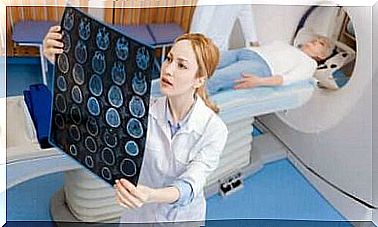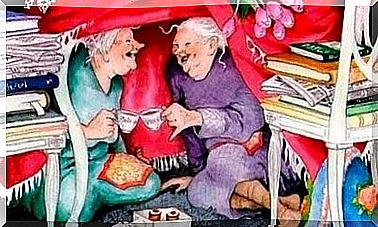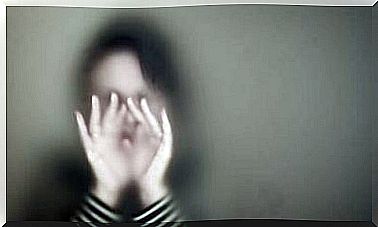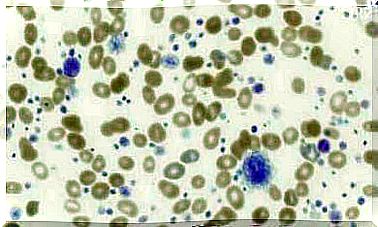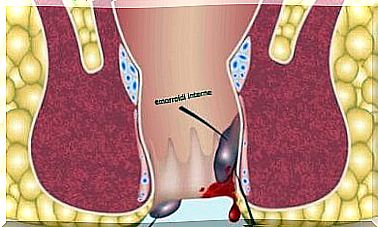Anxiety In Children: How Much Should I Worry?
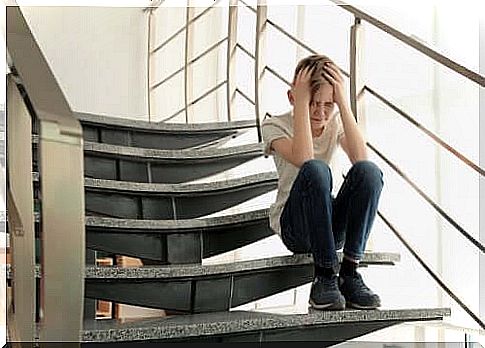
Before understanding whether anxiety in children is a cause for concern, it is a good idea to first start by defining this state, and see if there are any differences between this disorder in children and adults.
Restlessness in children – a word that is sometimes used as a synonym for anxiety – depends on several variables. Thus, age, emotional manifestations or limits demonstrated in everyday activities are elements to be taken into account.
What is anxiety?
According to information from various official sources, anxiety is part of several clinical pictures typical of childhood and adolescence. According to these sources, pathological anxiety would be the reaction to a stimulus perceived as threatening, with a feeling of intense malaise, neurovegetative, cognitive and symptomatic symptoms.
Based on what has been said, anxiety in children – although desirable – acquires different characteristics and levels of severity. It could become a cause for concern when its manifestations correspond to pathological anxiety.
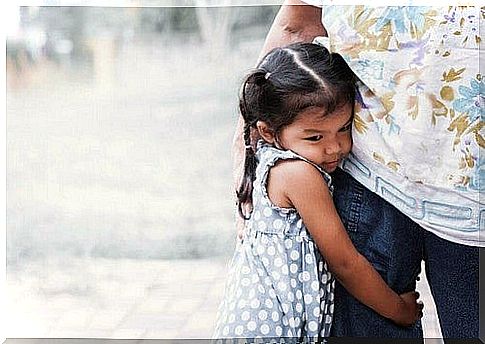
Causes of anxiety in children
Children can suffer from anxiety for a variety of reasons. Some of these could be:
- Parental divorce or similar loss.
- Important changes in the everyday life of the little ones, such as a move to another city.
- History of violence.
- Experiencing situations of domestic violence.
Additional data
The Centers for Disease Control and Prevention, CDC, argue that when children fail to overcome their age-specific fears and worries, or when these are so numerous that they interfere with their activities, a diagnosis could be made. anxiety. Examples of anxiety disorders are as follows:
- Feeling fearful of parental separation (separation anxiety) or of a particular situation or something (such as dogs, insects, or going to the doctor), with real phobias.
- Fear of school and other places where people go (social anxiety).
- Being very worried about the future or bad things happening (generalized anxiety).
- Expressing intense fear, sudden and unexpected on several occasions, accompanied by physical manifestations (panic disorder).
It may be that these data are isolated cases, which do not indicate that we are dealing with a case of anxiety, so it can be difficult to make a diagnosis as it is easy to underestimate the situation.
What to do in case of anxiety in children?

- Among the symptoms of anxiety in children we can find insomnia and physical ailments such as difficulty in breathing, stomach upset, sweating, headache.
- Likewise, some anxious children do not communicate their concerns, so symptoms can go unnoticed.
- It is essential to seek the advice of a professional – especially the pediatrician – to make a diagnosis of the child and to listen to his opinion.
To manage the situation, consult a psychologist or psychiatrist
- Although anxiety in children is not always a cause for concern, it is essential to pay attention to the situation.
- If necessary, in addition to consulting a pediatrician, it may be important to seek the help of a professional who specializes in emotional and mental health disorders.
Finally, it is vital to encourage parents to value a peaceful environment for their children. A word spoken at the right time, a gesture or a caress are healthy options to prevent anxiety, or, if it has already appeared, to mitigate it.

